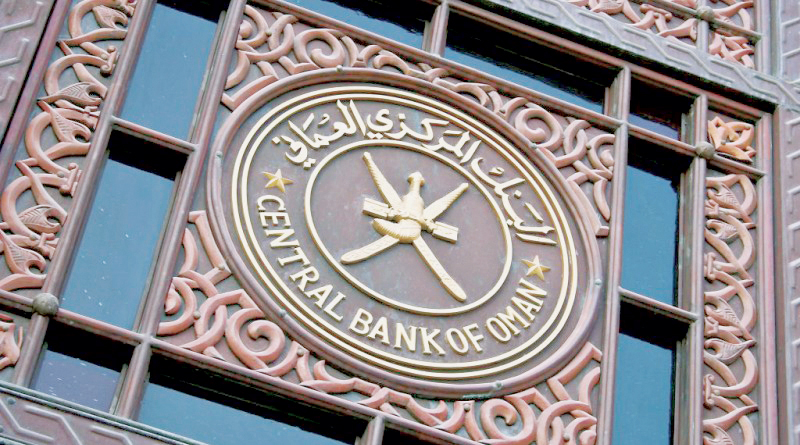

The Omani economy witnessed an accelerated growth of 15.3 per cent during the first nine months of 2018, the Central Bank of Oman (CBO) announced in its newly issued Review of Banking and Monetary Developments for December 2018.
“The growth has been fairly broad based with petroleum and non-petroleum sectors growing at 46.7 per cent and 3.4 per cent respectively, during this period. The average price of Omani crude oil during 2018 stood at $69.7 per barrel as against $51.3 during the previous year,” the apex bank said.
Inflationary conditions generally remained benign and supportive of growth in the Sultanate. Average annual inflation based on CPI stood at 0.9 per cent during 2018, lower as compared to 1.6 per cent in 2017, it stated.
The banking sector in Oman continued to witness reasonable growth and supported the economic diversification initiatives including providing adequate credit to the SME sector.
The combined balance sheet of conventional and Islamic banks (other depository corporations) taken together, provides a complete overview of the financial intermediation taking place in the banking system in Oman.
The total outstanding credit extended by other depository corporations stood at RO 25.1 billion as at the end of December 2018, witnessing a year-on-year (YoY) growth of 6.4 per cent.
Credit to the private sector increased by 4.9 per cent to RO 22 billion as at the end of December 2018.
The household sector (mainly under personal loans) constituted 45.6 per cent of the total credit to the private sector, closely followed by the non-financial corporate sector at 45.8 per cent, while financial corporations and other sectors constituted 5.4 per cent and 3.2 per cent respectively.
Total deposits grew by 7.8 per cent to RO 23.3 billion, with private sector deposits increasing by 2.6 per cent to RO 14.3 billion as at the end of December 2018. Sector-wise, the contribution of households in total private sector deposits stood at 48.5 per cent, followed by non-financial corporations at 30.4 per cent, financial corporations at 18.5 per cent, and the other sectors at 2.5 per cent.
“A review of the activities of conventional banks indicates an annual growth in total outstanding credit at 4.8 per cent in December 2018.
Credit to the private sector increased by 2.8 per cent to RO 18.7 billion, while their investment in securities grew by 11 per cent to RO 3.2 billion. Investment in Government Treasury Bills stood at RO 277.1 million at the end of December 2018,” the CBO report said.
Aggregate deposits held with conventional banks increased by 7.5 per cent to RO 20 billion in December 2018 from RO 18.6 billion a year ago. Government deposits rose by 8.4 per cent to RO 5.4 billion, while deposits of public enterprises increased substantially by 99.5 per cent to RO 1.8 billion during the same period. Private sector deposits, which accounted for 62.7 per cent of total deposits, increased marginally by 0.1 per cent to RO 12.5 billion in December 2018. The core capital reserves and undistributed profits of conventional banks as at the end of December 2018 stood at RO 5 billion.
Islamic banking entities provided financing to the extent of RO 3.6 billion as at the end of December 2018 as compared to RO 3 billion a year ago.
Total deposits held with Islamic banks and windows increased by 10 per cent to RO 3.3 billion in December 2018. The total assets of Islamic banks and Windows combined amounted to RO 4.4 billion as at the end of December 2018, and constituted about 13 per cent of the banking system assets.
Oman Observer is now on the WhatsApp channel. Click here



